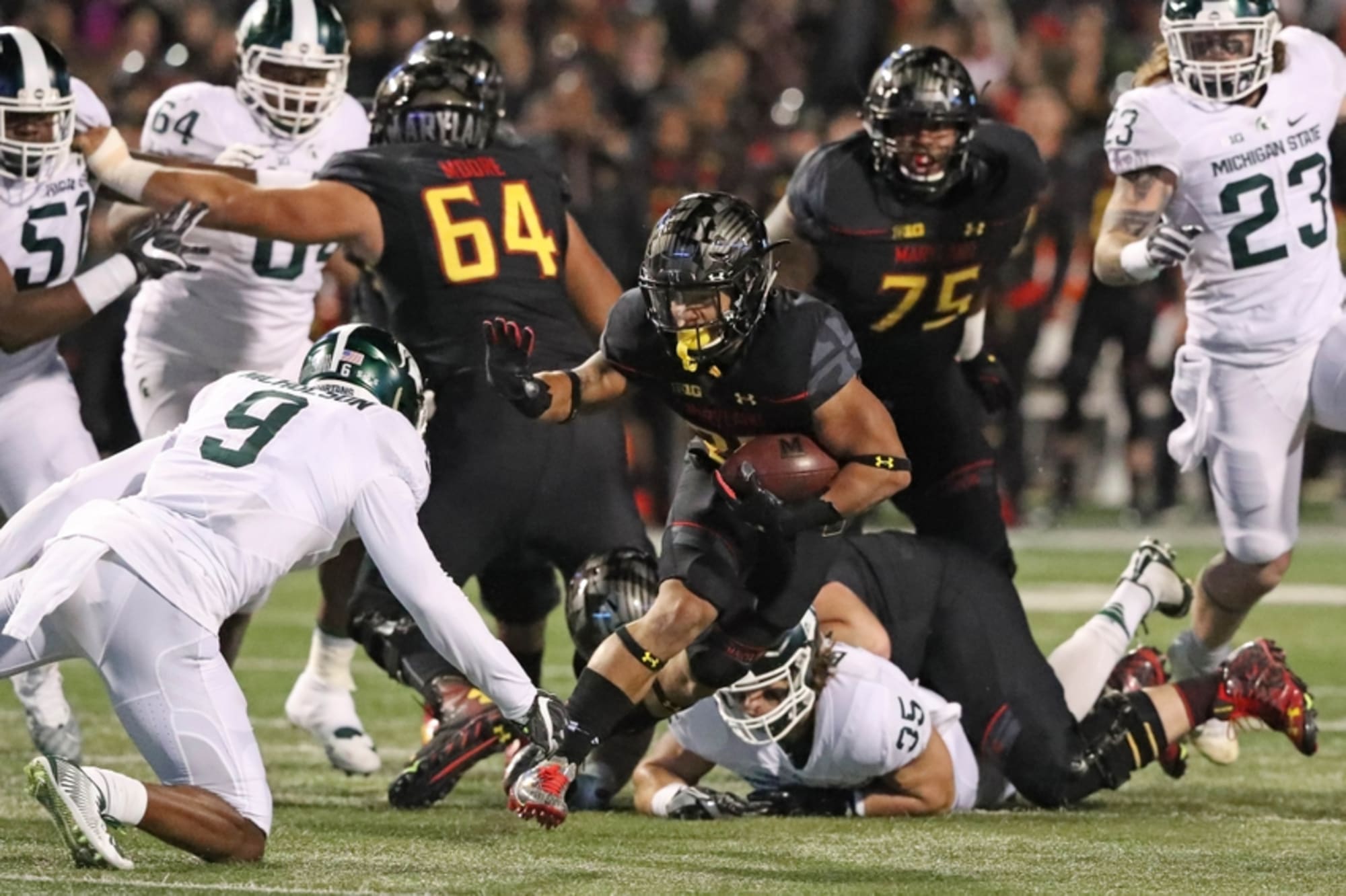


Its polar opposite is a two-tight end, three-back formation like the wishbone or the T, where everyone is close to the ball. Quite simply, the spread offense is a formation where the players spread out. In this article we'll examine why the run-and-shoot failed to catch on in the NFL, but we'll also explain some of the strengths of the offense, and look at how teams are still using its remnants (now called the spread offense) successfully. The run-and-shoot disappeared from the NFL in the mid-1990s and hasn't returned. By 1990, the Atlanta Falcons became the third NFL team to employ the Davis offense, commonly referred to as the "run-and-shoot." The Houston Oilers and Detroit Lions had started it the year before, and when the Falcons joined them, it seemed as though the future had arrived in the NFL.īut the future didn't turn out the way Mouse Davis and his disciples hoped. Soon his way of thinking was in demand, with bigger colleges, the upstart United States Football League, and eventually the NFL hiring Davis and other coaches who ran similar attacks. Davis had two quarterbacks, June Jones and Neil Lomax, who went on to the NFL. Football rules permit as many as five offensive players to be eligible receivers, so why not spread them all out, save running plays for special occasions, and leave all the blocking up to the linemen?Īnd so Mouse Davis spent six years at Portland State, and his team led Division I-AA football in total offense all six.

But in 1975, 100 football seasons after Walter Camp enrolled at Yale, a man named Darrell Davis - whose diminutive size earned him the nickname "Mouse" - started doing radical things with offensive football formations at the small and hitherto little-noticed Portland State University.ĭavis decided that if a one-receiver formation forced the defense to protect the outside of the field, and if a two-receiver formation really opened things up, he'd just take the logical next step.

Soon teams began lining up a receiver to the outside all the time, even when they had no intention of throwing to him, simply to create running space in the middle of the field.Īnd that pretty well summarizes the progression of offensive football formations for the first century of the game's existence. Those players had plenty of open space to run pass routes, and as defensive players moved toward the sideline to cover them, the offense had open space to run in the middle of the field as well. In the beginning, Walter Camp created football, and offensive formations were without form, and a typical play looked like 22 men pushing each other in one big heap.īut gradually offensive football strategies moved out of the darkness and into the light, and creative minds began to notice that when the offense moved a player away from the ball and toward the sideline, the defense was forced to compensate.


 0 kommentar(er)
0 kommentar(er)
